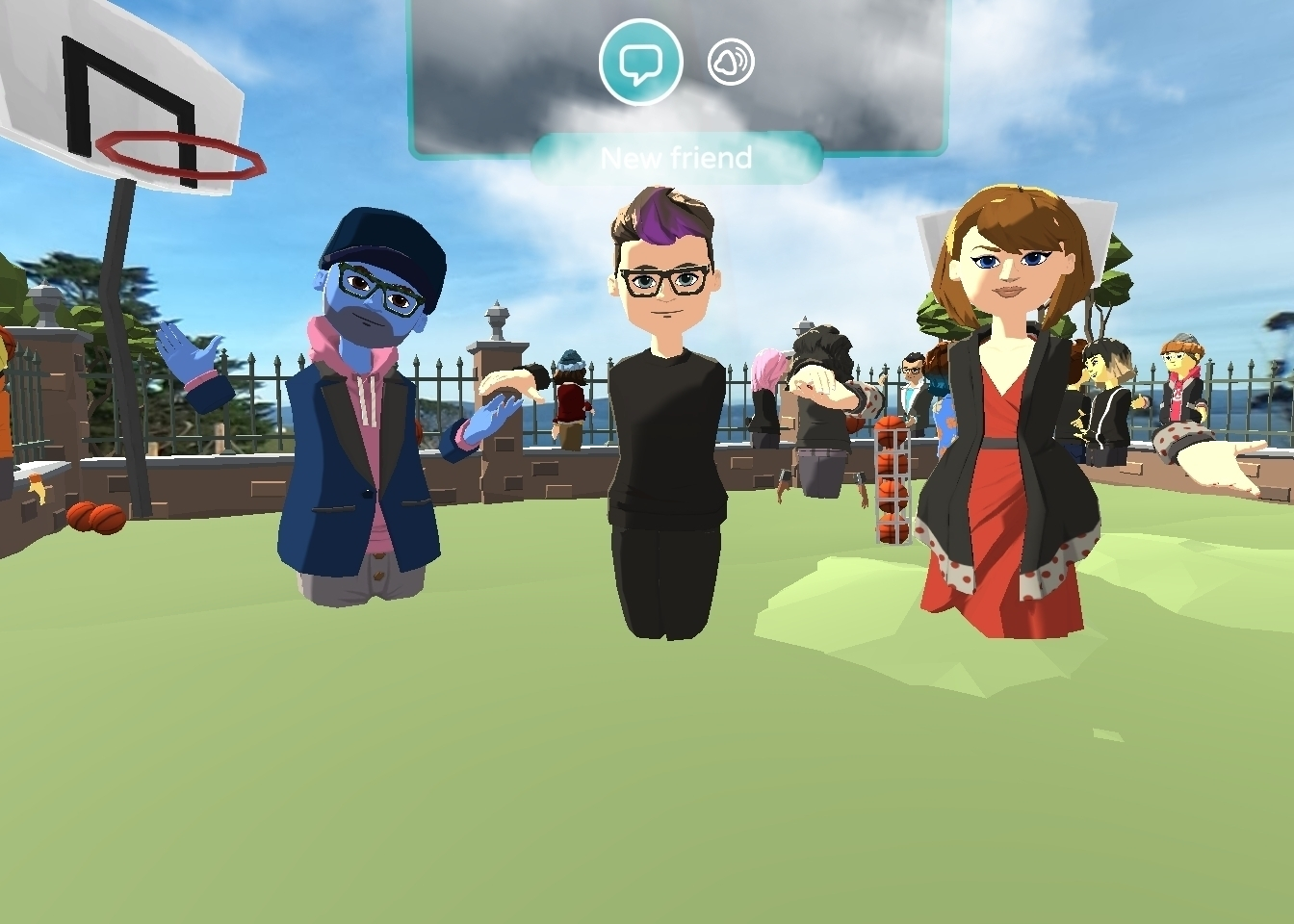The Antigone Play by Tabia Lau, HAGS by Aaron Jan
Presented Nov, 2020 Online for Theatre@York
Summary of Project:
Two online plays commissioned by the Department of Theatre in the School of the Arts Media Performance and Design at York University specifically for the purpose of providing practical instructional opportunities for students in the Acting and Production streams.
Description of User Experience:
Watch from computer or mobile device. Live streamed performances of original works commissioned and written specifically for digital live streaming performance.
How Traditional Theatre Techniques Have Been Incorporated:
The focus of rehearsals was very much on getting actors to work with their bodies. This practice often revolved around the camera. Sometimes actors were asked to ignore the camera in order to fully embody their characters; other times they had to incorporate the camera into their performance, or even move with the camera.
The expectation of glitches and crashes had been written into the script for Antigone. In anticipation of these unavoidable problems, actors practiced improvising in rehearsals.
Identified “Best Practices” for Mixed Reality Production:
- For artists who do not have much experience with streaming technology, it is recommended to have a streaming expert in the room from the beginning. This will help to anticipate problems with crashes, lag, capacity issues, and other software problems and hardware problems.
- Improvisation is a useful way to deal with the unpredictable glitches caused by communication technologies. Actors should build their improvisational muscles in rehearsals, and expect the unexpected.
- Allowing the audience to get very vocal, in the text chat, adds an engaging layer to the performance.
- Asynchronous meetings can allow for quick turnaround times. A designer can send a director their work, and receive feedback, and send another iteration very quickly. This is an advantage of remote working not often used in in-person performances.
- It was noted that not using the YouTube chat feature as an integral part of the performance was a missed opportunity. It is useful to think of Mixed Reality Performance as a kind of site-specific theatre, where all the features available on a specific platform can be used to enhance storytelling.
- “Preaching to the choir” is boring. It is far more interesting to make an audience feel implicated in something terrible, or to make them root for someone they later learn to hate. This is a playwriting best practice that applies beyond Mixed Reality Performance.
- It was noted that being aware of the container early (ie. the playwright of HAGS knew this was to be a “Zoom play” before he sat down to write it) allows creators to tailor the play to the limitations of the container.

